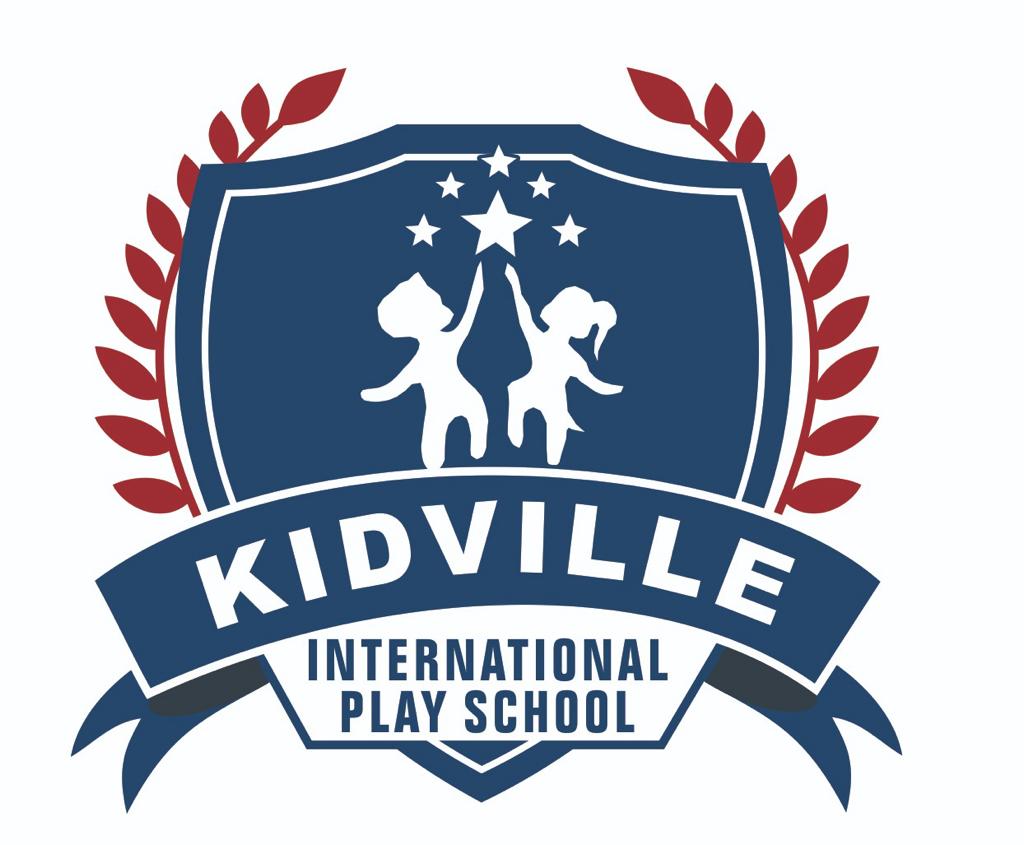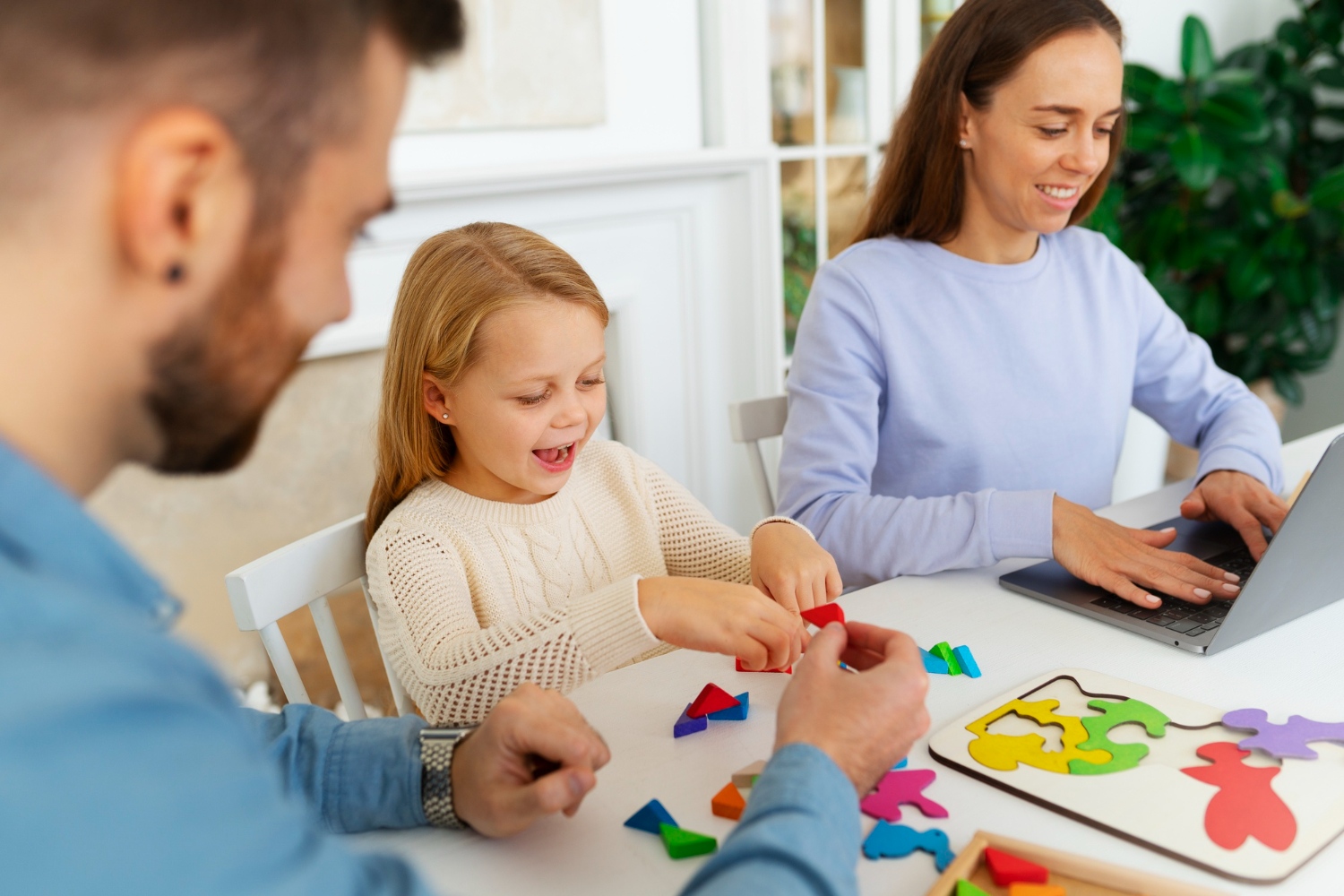Disciplining preschoolers can be challenging, but using positive discipline strategies can foster a healthy and supportive environment for your child’s growth. Positive discipline focuses on teaching and guiding rather than punishing, helping children develop self-control, responsibility, and problem-solving skills. Here’s a comprehensive guide on positive discipline strategies for preschoolers.
Understanding Positive Discipline
Positive discipline is about encouraging good behavior through positive reinforcement, setting clear expectations, and providing consistent consequences. It emphasizes respect, understanding, and communication, aiming to build a child’s self-esteem and social skills.
Benefits of Positive Discipline:
- Encourages Self-Discipline: Children learn to regulate their own behavior.
- Builds Strong Parent-Child Relationships: Fosters trust and mutual respect.
- Promotes Problem-Solving Skills: Teaches children how to handle conflicts and challenges constructively.
Key Positive Discipline Strategies
1. Set Clear and Consistent Rules: Establish a few simple, age-appropriate rules and consistently enforce them. Clear rules help preschoolers understand what is expected of them. Use positive language, such as “Use gentle hands” instead of “Don’t hit.”
2. Use Positive Reinforcement: Reward and praise good behavior to encourage it. This can be verbal praise, stickers, or extra playtime. Be specific about what behavior you are praising: “Great job sharing your toys with your friend!”
3. Offer Choices: Give your child limited choices to help them feel in control and learn decision-making. For example, “Do you want to wear the red shirt or the blue shirt today?” This reduces power struggles and promotes independence.
4. Use Time-Outs Effectively: Time-outs can be a useful tool when used correctly. They should be brief and used as a way for the child to calm down and reflect on their behavior, not as a punishment. Explain why the time-out is happening and discuss better behavior afterwards.
5. Model Appropriate Behavior: Children learn by watching adults. Model the behavior you want to see, such as using polite language, showing empathy, and handling conflicts calmly. Your actions speak louder than words.
6. Teach Problem-Solving Skills: Help your child learn to solve problems by discussing what happened and exploring alternative behaviors. Ask questions like, “What could we do differently next time?” This encourages critical thinking and self-regulation.
7. Stay Calm and Patient: Respond to misbehavior with a calm and composed demeanor. Yelling or reacting angrily can escalate the situation. Take deep breaths and address the behavior calmly to set a positive example.
8. Use Natural and Logical Consequences: Allow your child to experience the natural consequences of their actions when safe and appropriate. For example, if they refuse to wear a coat, they might feel cold outside. Logical consequences should be directly related to the misbehavior and explained clearly.
9. Establish Routines: Routines provide structure and help children know what to expect. Consistent routines for bedtime, mealtime, and playtime create a sense of security and reduce behavioral issues.
10. Practice Active Listening: Show your child that you value their thoughts and feelings by practicing active listening. Get down to their eye level, maintain eye contact, and acknowledge their emotions. This builds trust and improves communication.
Dealing with Common Preschool Behavior Issues
Tantrums:
- Stay calm and avoid giving in to the tantrum.
- Acknowledge your child’s feelings and offer comfort.
- Use distraction and redirection to shift their focus.
Aggression:
- Address aggressive behavior immediately and calmly.
- Teach alternative ways to express anger, such as using words or drawing.
- Reinforce positive interactions with praise and rewards.
Defiance:
- Offer limited choices to give a sense of control.
- Clearly explain the consequences of defiant behavior.
- Stay consistent with rules and follow through with consequences.
Tips for Parents and Caregivers
- Be Consistent: Consistency helps children understand and predict the outcomes of their behavior.
- Stay Positive: Focus more on what your child is doing right rather than what they are doing wrong.
- Take Breaks: Parenting can be stressful. Take breaks when needed and practice self-care to maintain your patience and well-being.
- Seek Support: Don’t hesitate to seek support from family, friends, or professionals if you’re struggling with discipline issues.
Conclusion
Positive discipline is an effective approach to guiding preschoolers’ behavior. By setting clear expectations, using positive reinforcement, and modeling appropriate behavior, parents and caregivers can help children develop self-discipline, responsibility, and problem-solving skills. Remember, the goal is to teach and guide with empathy and respect, fostering a supportive environment for your child’s growth and development.


